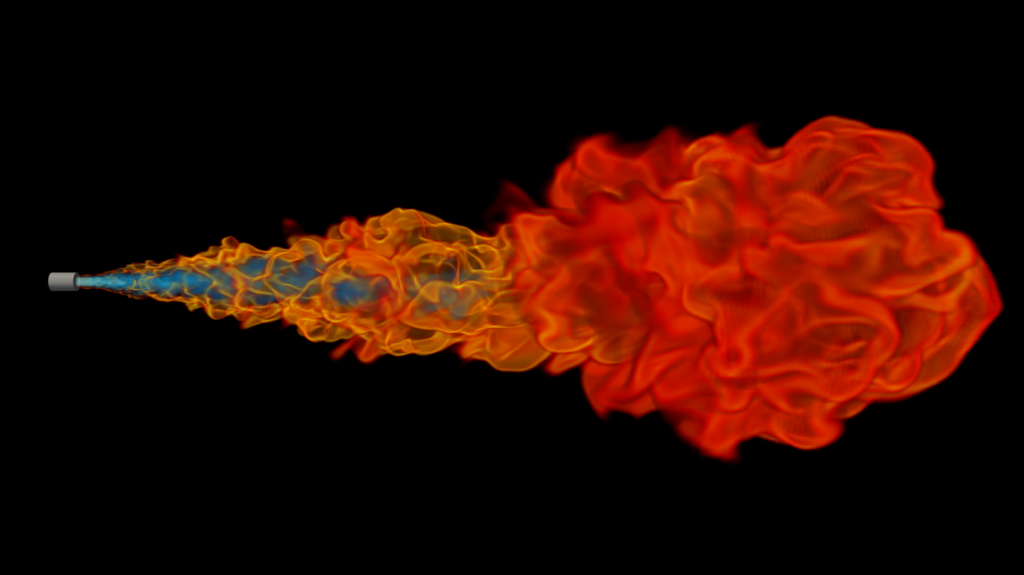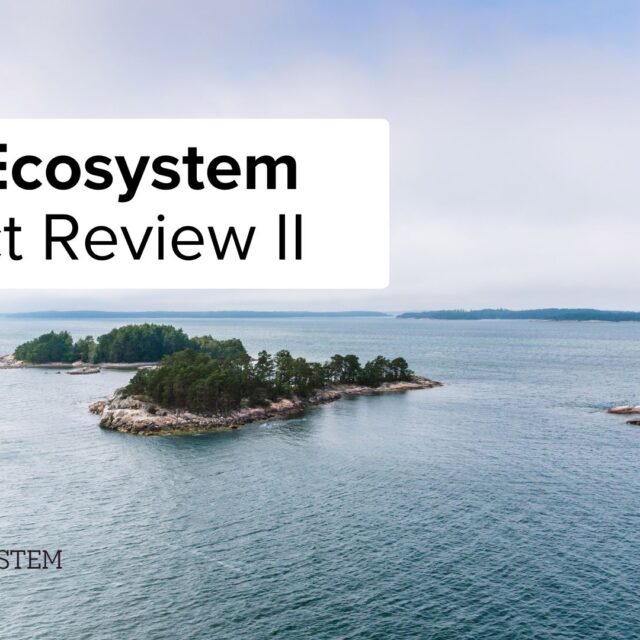
The combustion of hydrogen and its derivative fuels, such as ammonia, produces no carbon dioxide emissions and thus it plays a central role in Finnish and European efforts to become less dependent on fossil fuels. The EU has set a goal to have clean, low-carbon hydrogen and derivative fuels account for almost a fifth of end-use energy by 2050.
Business Finland has granted 1.7 million euros in funding to the HENNES research project, which studies the physics and chemistry of hydrogen combustion. Among the universities involved in the project are Aalto University and the University of Turku. The research is part of Wärtsilä’s Zero Emission Marine ecosystem project, which aims to contribute to the development of zero-emission marine technology, among other things.
’Hydrogen-fuelled combustion engines have been the object of many studies, but they have not been adopted in the production of electricity or transportation, as little basic knowledge exists on how hydrogen combusts inside an engine. We need deeper insights and understanding of its thermodynamics, flow mechanics, nitrogen oxides emissions and combustion,’ says Ville Vuorinen, Professor of fluid physics and energy technology of the Aalto University Department of Mechanical Engineering. Professor Simo Hostikka, who specialises in fire safety engineering, will also participate in the project from Aalto University.
Combining 3D simulation methods with experimental research is at the core of the research. It is a research project investigating the basic properties of hydrogen, the results of which can be used by both the scientific community and industry.
Close cooperation of research and product development in a key role
Hydrogen differs from traditional fuels in terms of its thermodynamic and chemical properties and behaves differently in combustion processes. The ignition sensitivity of hydrogen and the small size of the molecule also pose challenges for both combustion control and hydrogen storage.
Accurate modeling of hydrogen combustion is a very challenging problem in computational physics and chemistry, the understanding of which is important when designing efficient combustion processes. Information is needed, for example, to store liquid hydrogen and to develop and design heat exchangers and vaporizers used in energy transfers.
Professor Vuorinen’s research team will focus especially on burner flames and combustion phenomena inside combustion engines, while Professor Hostikka’s team will study the fire safety of hydrogen.
Armin Wehrfritz, Assistant Professor of mechanical engineering at the University of Turku, and his research group investigate the thermodynamic and phase-change properties of hydrogen and hydrogen-derived fuels, in particular with respect to applications of fuel storage and supply systems.
“Reducing climate emissions and developing a fossil-free energy and transport sector requires close cooperation between academic research and corporate product development. Hydrogen fuel has great potential, especially in marine sector, but the development of the hydrogen value chain from production, storage, transport to fuel utilization requires a thorough understanding of hydrogen’s properties. The HENNES project enables precisely such holistic research and development of the use of hydrogen,” says Wehrfritz.
Such insight is needed for instance to develop and design heat exchanges and vaporizers used to store liquid hydrogen. The work at University of Turku will further include model development for near-wall flames with a focus on the interaction of turbulence and chemistry.
In the project, researchers use open-source simulation tools to find out how hydrogen behaves, for example, in engines and burners important to industry and in heat exchangers used in energy transfer. Simulations can also be used to study hydrogen fire safety. With the help of new information, it is possible to design even more efficient and durable internal combustion engines that run on hydrogen, which in turn promotes the use of carbon-free energy worldwide.
Through research, Wärtsilä gets valuable information about technology solutions aimed at green fuels.
“Wärtsilä is committed to the development of engines using carbon free fuels, both for marine applications and stationary power plants supporting electrical grids, and the modelling of hydrogen combustion is essential for the engine performance optimization”, Jari Hyvönen from Wärtsilä Marine Power’s R&D emphasises.
Aalto University’s share of the funding granted by Business Finland is EUR 1.1 million euros, and the University of Turku’s share is EUR 0.6 million euros. In addition to Wärtsilä as the lead company in the ZEM ecosystem, the industry partners in the project are AGCO Power, Oilon, Finno Exergy, Vahterus, Auramarine, KK-Palokonsultti Oy and P2X Solutions.
For more information:
Aalto University
Professor Ville Vuorinen
tel. +358 50 361 1471
ville.vuorinen@aalto.fi
Professor Simo Hostikka
tel. +358 50 447 1582
simo.hostikka@aalto.fi
University of Turku
Assistant Professor Armin Wehrfritz
tel. +358 50 569 6710
armin.wehrfritz@utu.fi
Wärtsilä
Jari Hyvönen, General Manager
tel. +358 40 0930978
jari.hyvonen@wartsila.com
Project update Annual Seminar 31.10.2023
Milestones
- Initial validation: 3d large-eddy simulation of non-premixed H2 HYLON flame A and premixed H2 AHEAD flame, and 2d direct numerical simulation of premixed H2 flame microstructure and thickened flame model implementation
- Chemical mechanism validation for laminar flame speed and ignition delay time of H2
- Experimental campaign at rapid compression expansion machine and effect of lubricant oil to unwanted H2 ignition phenomena
Next steps
- Completing two M.Sc. Thesis (Aalto)
- Completing two publications (Aalto)
- Start working on H2 phase change in heat exchanger context (UTU)

